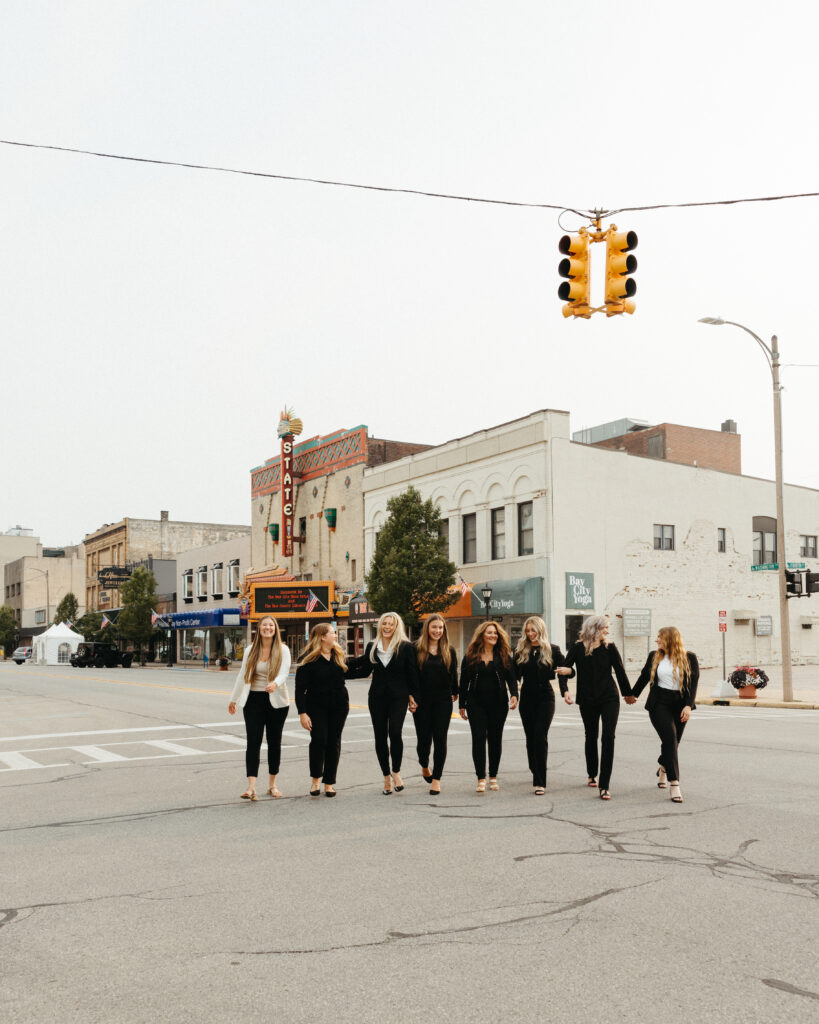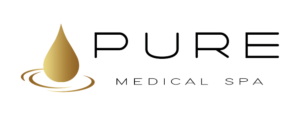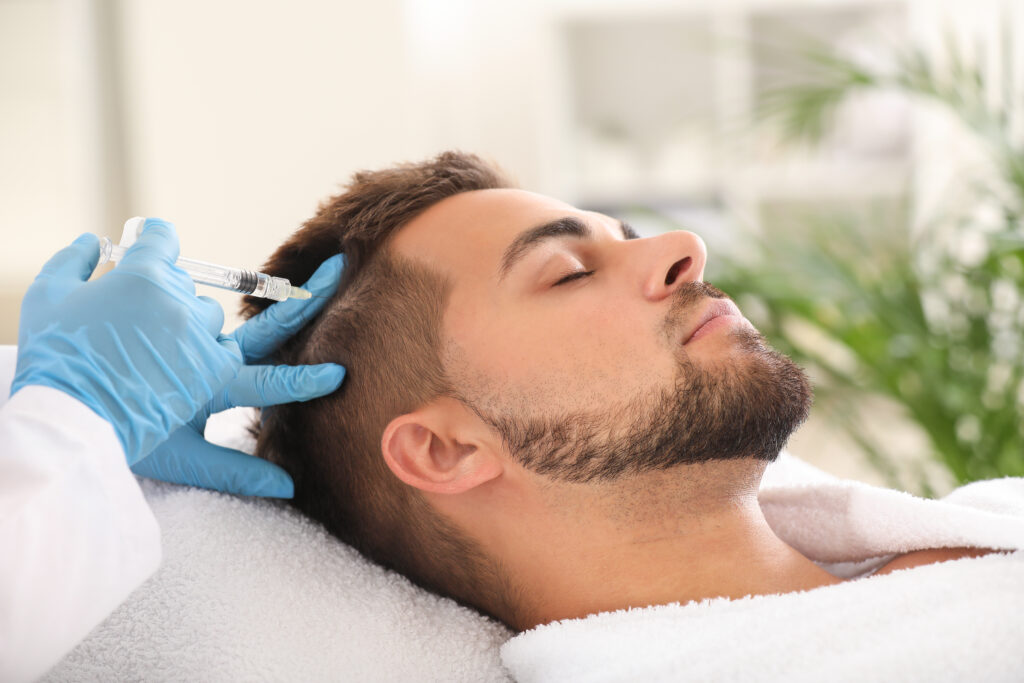
PRP
(A.K.A. Liquid Gold)
Platelet Rich Plasma - P.R.P.
Platelet-rich plasma consists of two elements: plasma (liquid portion of blood) and platelets. Platelets are a component of blood that contain various growth factors and proteins essential for wound healing and tissue repair. PRP harnesses the regenerative properties of these platelets to stimulate cellular rejuvenation and enhance the body’s natural healing processes. The growth factors in PRP help reduce inflammation, stimulate tissue regeneration, and promote the formation of new collagen and blood vessels. When injected into the skin, PRP can stimulate collagen production, improve skin texture and tone, and reduce the appearance of wrinkles and scars. In hair restoration, PRP is injected into the scalp to promote hair growth and thickness. It can be provided alone by injecting into specific areas or in conjunction with other procedures such as microneedling.
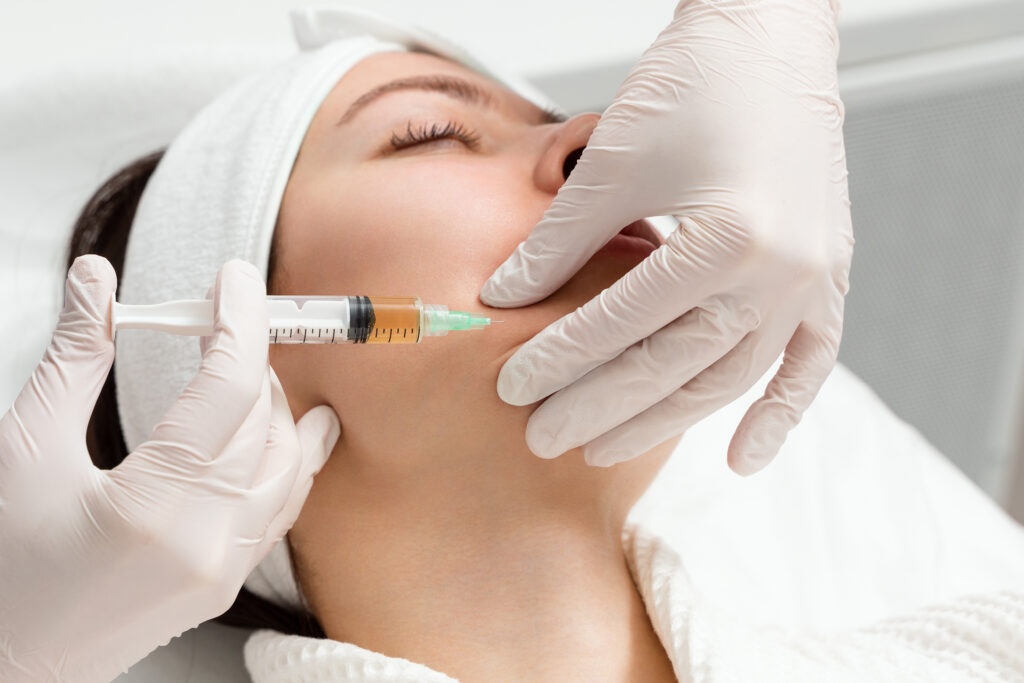
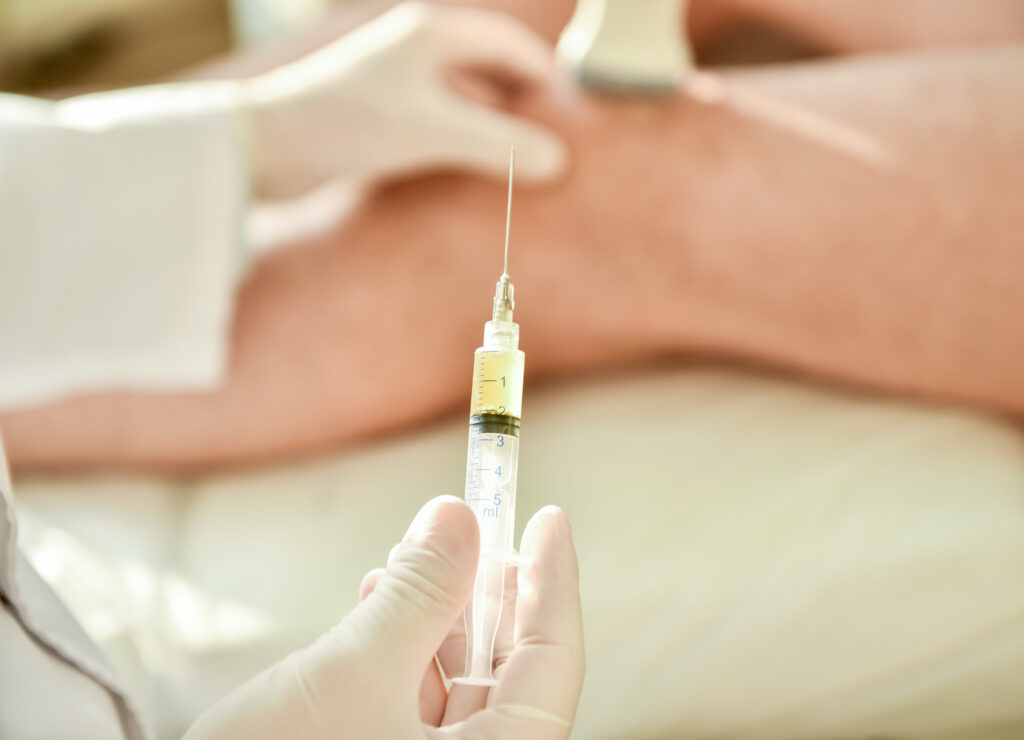
Liquid Gold
The PRP procedure typically involves a few simple steps. First, a licensed medical professional will draw a small amount of blood from the patient’s arm. The blood sample is then processed using a centrifuge to separate the platelet-rich plasma from other blood components. Lastly, the concentrated PRP is carefully injected into the desired treatment area, guided by medical expertise and specific treatment goals.
Safe and Effective
PRP treatment is considered safe since it utilizes the patient’s own blood, reducing the risk of allergic reactions or rejection. However, as with any medical procedure, there may be some temporary side effects such as redness, swelling, or bruising at the injection site.
It’s important to note that PRP treatment outcomes can vary depending on the individual and the specific condition being addressed. Multiple sessions may be required to achieve optimal results, and maintenance treatments are often recommended to sustain the benefits over time.
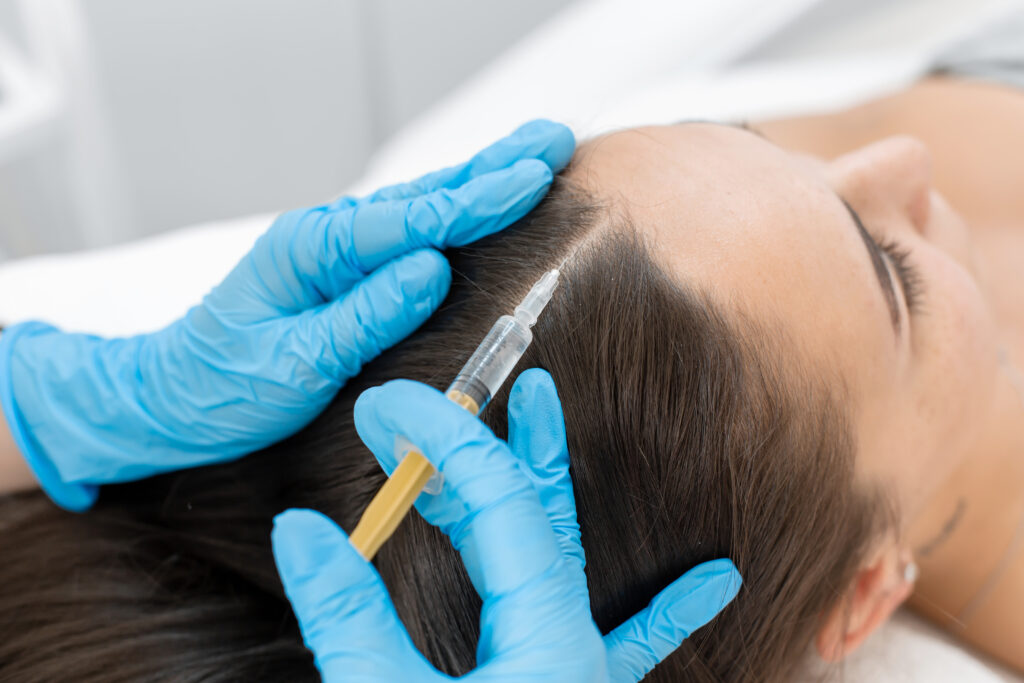
FAQ
What is Platelet Rich Plasma (PRP) treatment for aesthetics?
PRP treatment for aesthetics involves using a concentrated form of platelet-rich plasma derived from the patient’s blood to stimulate collagen production, rejuvenate the skin, and address various cosmetic concerns. Blood is drawn from the patient, processed to extract the platelet-rich plasma, and then injected or applied topically to the target areas for aesthetic improvements.
How does PRP work for aesthetic treatments?
Platelets contain growth factors that play a crucial role in tissue repair and regeneration. When PRP is applied to the skin, the growth factors stimulate collagen and elastin production, promoting skin rejuvenation, improved texture, and increased elasticity. It can also enhance hair growth when used in hair restoration procedures.
What aesthetic concerns can PRP treatments address?
PRP treatments are commonly used to address a range of aesthetic concerns, including facial rejuvenation, fine lines, wrinkles, acne scars, and hyperpigmentation. It is also used for hair restoration to promote hair growth and thickness, as well as to improve the appearance of the hands and décolletage.
Is PRP treatment safe? Are there any side effects?
PRP treatment is generally safe as it uses the patient’s own blood, reducing the risk of allergic reactions. Since the PRP is derived from the patient’s body, there is minimal chance of adverse reactions. Common side effects may include mild swelling, redness, or bruising at the injection site, but these usually subside within a few days.
How long do the results of PRP treatments last?
The longevity of PRP treatment results can vary depending on individual factors and the treated area. In general, patients can expect results to last from several months to over a year. However, to maintain the effects, follow-up treatments are often recommended, typically on a semi-annual or annual basis.
What can I expect during a PRP treatment session?
During a PRP treatment session, a small amount of blood will be drawn from your arm, similar to a standard blood test. The blood is then processed using a centrifuge to separate the platelet-rich plasma. Once prepared, the PRP is either injected directly into the skin or applied topically after microneedling or other procedures to enhance its absorption.
Is there any downtime or recovery period after PRP treatments?
PRP treatments generally involve minimal downtime. You may experience mild redness or swelling at the injection sites, but this usually resolves within a day or two. Some patients resume normal activities immediately after the treatment, while others prefer to rest for a short period.
Who is an ideal candidate for PRP treatments for aesthetics?
PRP treatments are suitable for individuals looking for non-surgical and natural approaches to address various aesthetic concerns. It is especially beneficial for those who prefer a treatment that uses their body’s own resources. However, as with any medical procedure, it’s essential to consult with a qualified healthcare provider to determine if PRP is the right option for your specific needs and medical history.
What Our Patients Say About Us












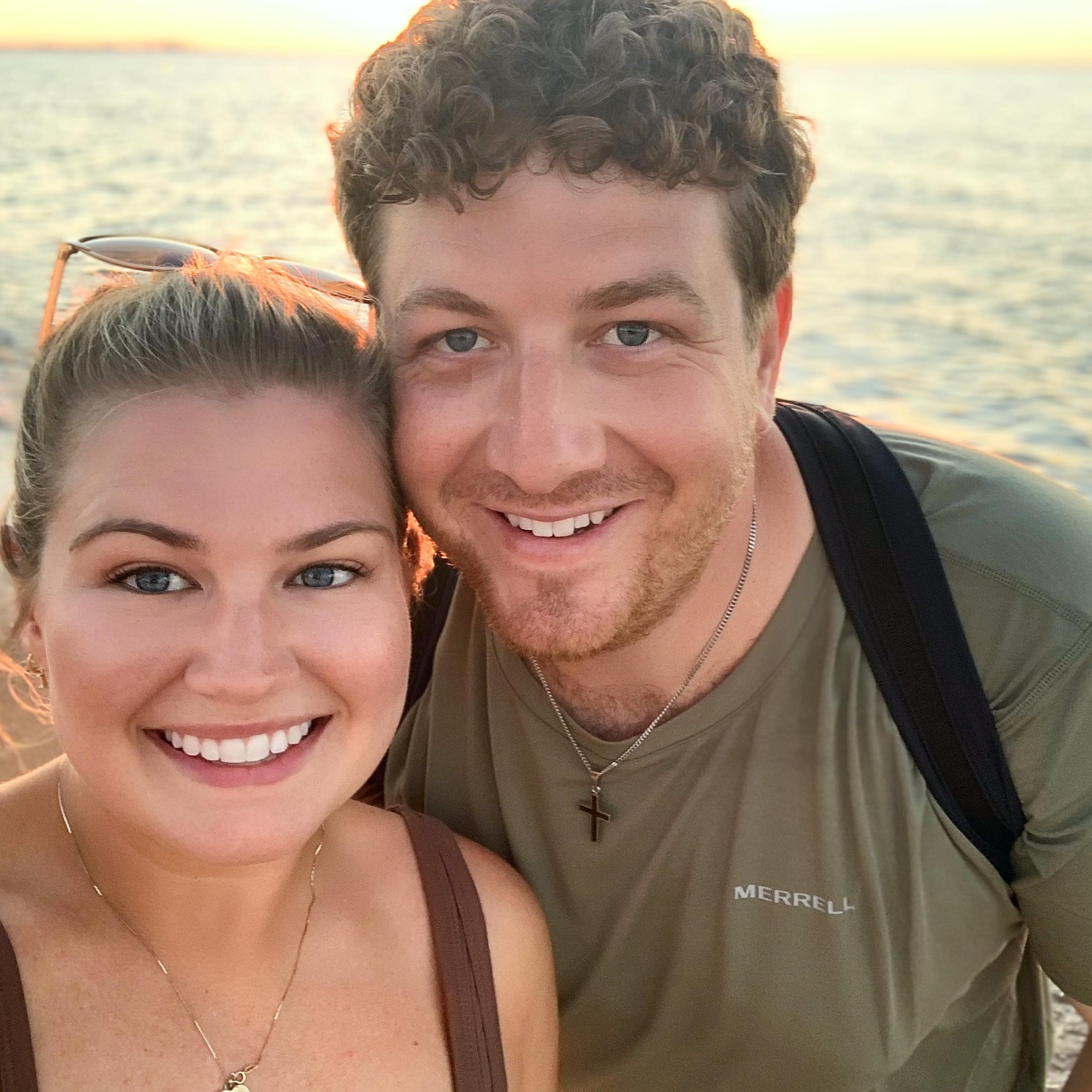
Contact Us Today and Begin the Journey to a Pure You
